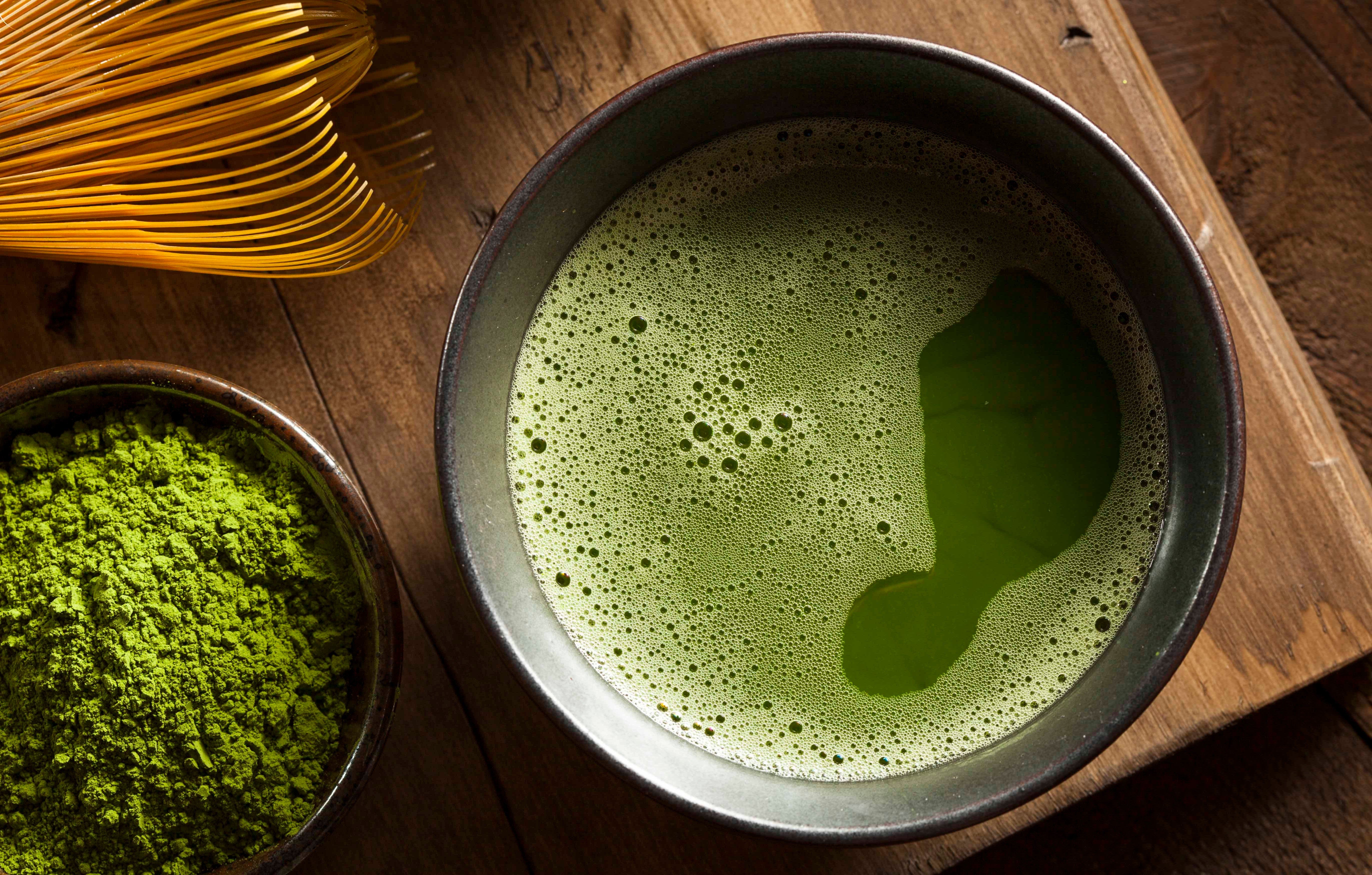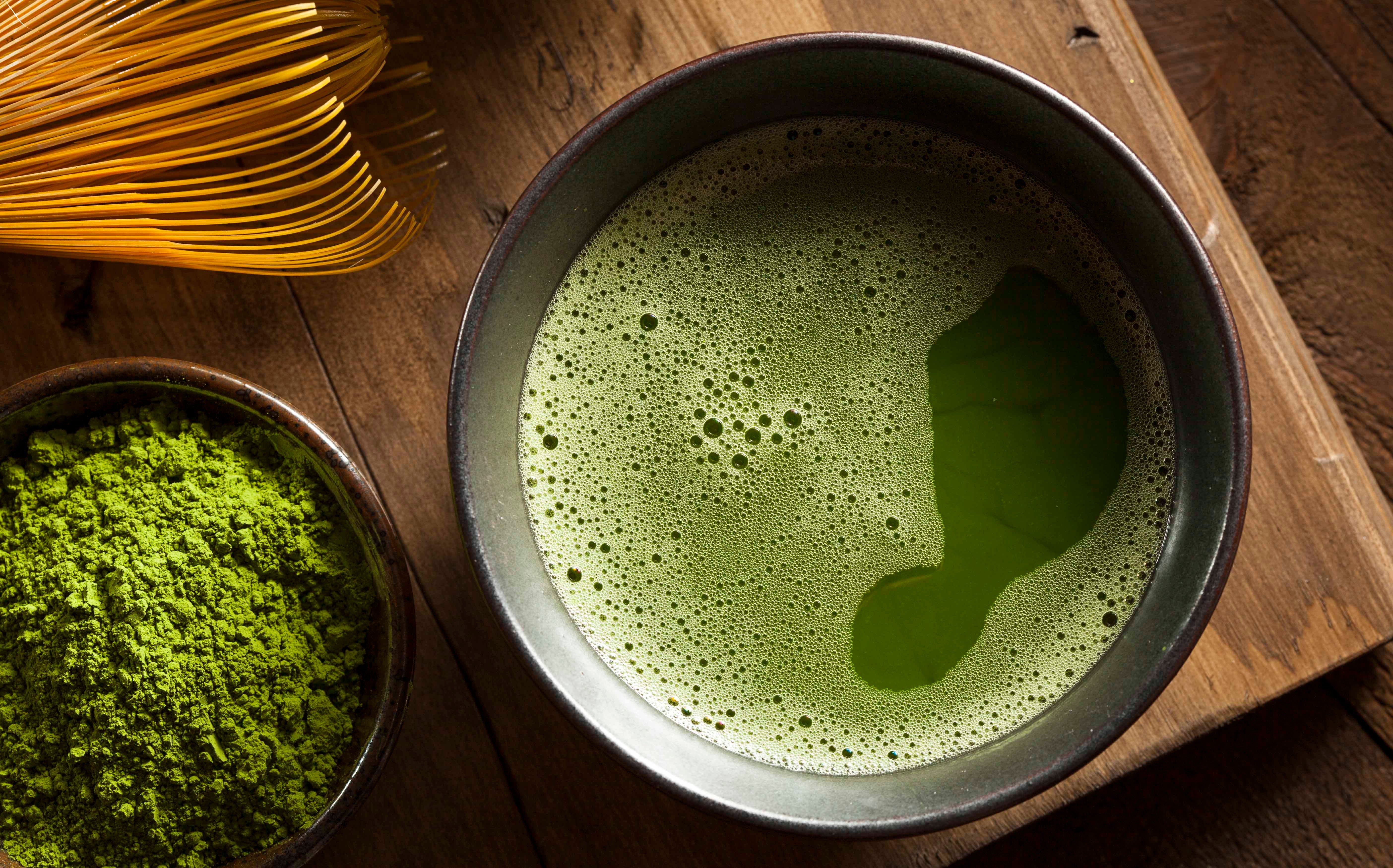Marvelous matcha


With its social media-worthy colour and smooth taste, matcha has officially made its way into mainstream Canadian coffee shops, grocery stores, and kitchens. If you’ve ever wondered what makes this gorgeous green powder so special and how to shop for best quality tea, this article contains everything you need to know about recreating your own matcha experience.
How the magic of matcha is created
Matcha is made from the leaves of Camellia Sinensis, a plant you may already be familiar with if you’re a fan of oolong, black, white, green or yellow tea. Tea plants that have been grown for the purpose of making matcha are called tencha. Tencha tea leaves are harvested from light-deprived Camellia Sinensis plants that have been grown under large tarps. Once the tencha is ready to be harvested it must be ground into matcha powder within 24 hours or risk losing its potency. Unlike other means of tea harvesting, tencha leaves are individually spread out and dried flat. This laborious attention to detail and traditional growing methods results in high quality matcha powder with an abundance of unique flavour profiles.
The many flavours of matcha
Like a good bottle of wine, the taste of matcha powder is largely tied to its terroir. In other words, all of its characteristics—taste, smell, and appearance, to name a few—are a result of a specific type of soil, geographical location and growing methods. In general, matcha is less bitter than green tea and its taste can be described as sweet, astringent, grassy, and rich.
Buying the best quality matcha available
The most complex flavours are found in authentic Japanese matcha powders and the following tips will have you drinking quality matcha in the comfort of your own home.
- Most matcha experts agree that best quality matcha comes from Japan. Specifically, from two cities: Uji and Nishio. Chinese matcha, anything labelled “powdered green tea” or any tea with more than one ingredient (matcha leaves) should be avoided.
- Look at the colour. Authentic matcha powder is a glowing shade of green just shy of neon. Imitation matcha is often forest green or a rusty brown shade of green.
- Prepare to pay for quality. That $5 bag of matcha you bought? Unfortunately, the disappointing soapy taste you’re experiencing is due to imitation or inferior product. Good quality matcha costs upwards of $1 per ounce.
- If possible, sample matcha powder before buying. Matcha should have a clean, gently sweet taste. Avoid matcha powder that has an unpleasant bitter flavour or funky aftertaste.
- Go to a specialty shop. Whether this is a specialty tea store, coffee shop or health food store, it’s always helpful to get an expert opinion. Additionally, your chances of inspecting and trying the matcha powder are better in a more intimate setting.
- Add a few matcha accessories to your arsenal. If you make matcha regularly there are some add-ons that will make the experience truly special. Preparing matcha using a bamboo whisk, porcelain drinking bowl and lightweight measuring tool can elevate the simple act of making tea an act of self-care.
What is matcha used for?
Matcha tea is traditionally prepared by whisking hot water (roughly 80° Celsius, never boiling) into a small amount of matcha powder until a smooth and slightly frothy tea emerges. The growing worldwide popularity of matcha in recent years has led to myriad applications: smoothies, lattes, ice cream, cakes, and even babka are not impervious to the matcha craze. What’s the fascination with matcha as a health food (besides its social media-friendly appearance)? It’s all about the antioxidants.
What does the research say about matcha and your health?
Although matcha has yet to be studied for specific health benefits, green tea has, by extension, shown some promise in terms of medicinal properties. Green tea is packed with antioxidants called catechins, specifically a type of catechin named EGCG (or, epigallocatechin gallate) and due to its concentrated form, matcha is hypothesized to be a particularly rich source.
Green tea consumption has been linked to a reduction in LDL or “bad” cholesterol levels and lower rates of cardiovascular disease. A large-scale 2006 study published in JAMA: The Journal of the American Medical System found that of the over forty thousand Japanese adults studied, those who regularly drank green tea were less likely to die of cardiovascular diseases such as stroke (cancer rates, however, were unaffected by green tea consumption.) While these studies demonstrate a need for more research in this area, it should be noted that there is little to directly link green tea consumption to these health issues.
